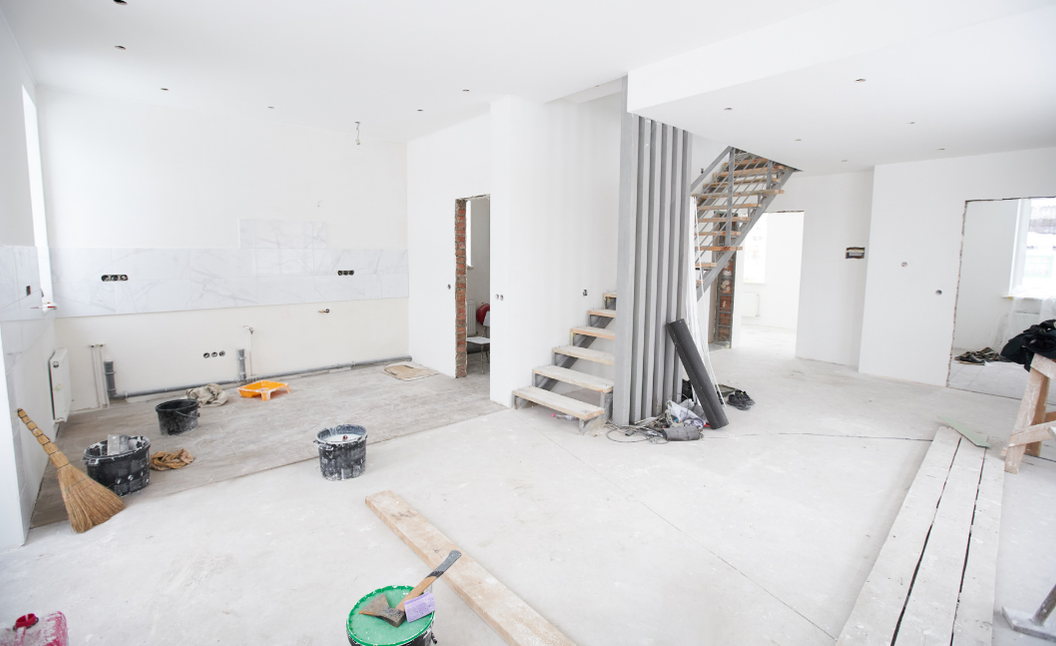Free word search
Category
Property Maintenance Matters! Key Strategies for Renovation and Remodeling
2025.07.10

In rental property management, maintaining and enhancing property value is essential. In this column, we’ll explore strategies for renovations and remodeling that help differentiate your property from others and reduce vacancy risks.
Property Value Declines with Age
As properties age, their value naturally declines. This applies not only in terms of asset value but also in rental income potential. Simply put, a 30-year-old property is generally less in demand compared to a newly built one. Without appropriate renovations or remodeling, it becomes difficult to maintain the rent level from when the property was new—or to raise it. Renovations and remodeling are essential to prevent property value from deteriorating.
Plan for Large-Scale Repairs
Just as condominiums undergo major renovations every few decades, rental properties also need periodic large-scale maintenance. The larger the project, the higher the cost. You may have created a maintenance plan when the property was first built or purchased, but it's important to periodically review this plan to check for cost fluctuations or to consider adding new equipment during renovations.
Timing of Renovations
Renovations inside a unit can only be done after a tenant moves out. Therefore, it's wise to prioritize improvements that meet high tenant demand. Installing features such as a TV intercom, a water heater with reheating function, or a bidet toilet seat can increase the perceived value of the unit and justify a higher rent. Additionally, areas like the kitchen and bathroom are highly valued by tenants. Consider updating the sink or ventilation fan in the kitchen, and replacing tiles or the bathtub in the bathroom to enhance appeal.
(2).png)
Renovating Common Areas
Common facilities used by all residents—such as entrances, hallways, and staircases—can be renovated at the owner's discretion. Many tenants place a high value on security, so if your property has an entrance area, consider installing security cameras or adding other safety features. Common areas also contribute to the first impression for prospective tenants, making them key to attracting interest. Upgrades like warm lighting in entranceways and hallways, or repairing any peeling paint or rust on exterior walls, can have a significant impact. Even the design of individual unit doors can strongly influence perception, so updating them to match tenant preferences could be worthwhile.
How to Plan a Renovation
When planning a renovation, it’s important to understand the payback period (return on investment) and to complete the work as quickly as possible. During interior renovations, units cannot be rented out, resulting in lost rental income. The longer the renovation takes, the greater the financial impact—so minimizing downtime is essential. If possible, avoid the peak moving season in February and March to reduce missed opportunities.
To calculate the payback period, carefully estimate the total costs, including materials and labor. A renovation is generally considered a good investment if the total cost can be recovered within 5–10 years. You can calculate the payback period by dividing the total cost by the expected annual increase in rental income.
While renovations are important, more equipment doesn’t always equal better results. Tenant needs vary depending on the property's location, layout, and target demographic. If renovations don’t attract tenants, the investment becomes a loss. It's important to consult with real estate professionals to understand market needs and plan renovations accordingly.

(1).png)